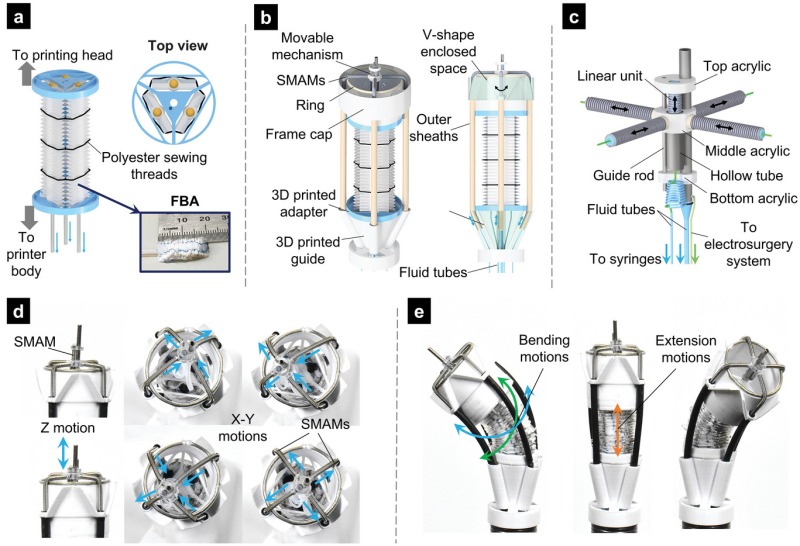[…]
The European Centre for Algorithmic Transparency (ECAT), which was officially inaugurated in Seville, Spain, today (April 18), is expected to play a major role in interrogating the algorithms of mainstream digital services — such as Facebook, Instagram and TikTok.
ECAT is embedded within the EU’s existing Joint Research Centre (JRC), a long-established science facility that conducts research in support of a broad range of EU policymaking, from climate change and crisis management to taxation and health sciences.
[…]
Commission officials describe the function of ECAT being to identify “smoking guns” to drive enforcement of the DSA — say, for example, an AI-based recommender system that can be shown is serving discriminatory content despite the platform in question claiming to have taken steps to de-bias output — with the unit’s researchers being tasked with coming up with hard evidence to help the Commission build cases for breaches of the new digital rulebook.
The bloc is at the forefront of addressing the asymmetrical power of platforms globally, having prioritized a major retooling of its approach to regulating digital services and platforms at the start of the current Commission mandate back in 2019 — leading to the DSA and its sister regulation, the Digital Markets Act (DMA), being adopted last year.
Both regulations will come into force in the coming months, although the full sweep of provisions in the DSA won’t start being enforced until early 2024. But a subset of so-called very large online platforms (VLOPs) and very large online search engines (VLOSE) face imminent oversight — and expand the usual EU acronym soup.
[…]
It’s not yet confirmed exactly which platforms will get the designation but set criteria in the DSA — such as having 45 million+ regional users — encourages educated guesses: The usual (U.S.-based) GAFAM giants are almost certain to meet the threshold, along with (probably) a smattering of larger European platforms. Plus, given its erratic new owner, Twitter may have painted a DSA-shaped target on its feathered back. But we should find out for sure in the coming weeks.
[…]
Risks the DSA stipulates platforms must consider include the distribution of disinformation and illegal content, along with negative impacts on freedom of expression and users’ fundamental rights (which means considering issues like privacy and child safety). The regulation also puts some limits on profiling-driven content feeds and the use of personal data for targeted advertising.
[…]
At the least, the DSA should help end the era of platforms’ PR-embellished self-regulation — aka, all those boilerplate statements where tech giants claim to really care about privacy/security/safety, and so on, while doing anything but.
[…]
The EU also hopes ECAT will be become a hub for world-leading research in the area of algorithmic auditing — and that by supporting regulated algorithmic transparency on tech giants, regional researchers will be able to unpick longer term societal impacts of mainstream AIs.
[…]
In terms of size, the plan is for a team of 30 to 40 to staff the unit — perhaps reaching full capacity by the end of the year — with some 14 hires made so far, the majority of whom are scientific staff.
[…]
Funding for the unit is coming from the existing budget of the JRC, per Commission officials, although a 1% supervisory fee on VLOPs/VLOSE will be used to finance the ECAT’s staff costs as that mechanism spins up.
At today’s launch event, ECAT staff gave a series of brief presentations of four projects they’re already undertaking — including examining racial bias in search results; investigating how to design voice assistant technology for children to be sensitive to the vulnerability of minors; and researching social media recommender systems by creating a series of test profiles to explore how different likes influence the character of the recommended content.
Other early areas of research include facial expression recognition algorithms and algorithmic ranking and pricing.
During the technical briefing for press, ECAT staff also noted they’ve built a data analysis tool to help the Commission with the looming task of parsing the risk assessment reports that designated platforms will be required to submit for scrutiny — anticipating what’s become a common tactic for tech giants receiving regulatory requests to respond with reams of (mostly) irrelevant information in a cynical bid to flood the channel with noise.
[…]
Given the complexity of studying algorithms and platforms in the real world, where all sorts of sociotechnical impacts and effects are possible, the Center is taking a multidisciplinary approach to hiring talent — bringing in not only computer and data scientists but also social and cognitive scientists and other types of researchers.
[…]
Source: Europe spins up AI research hub to apply accountability rules on Big Tech | TechCrunch




